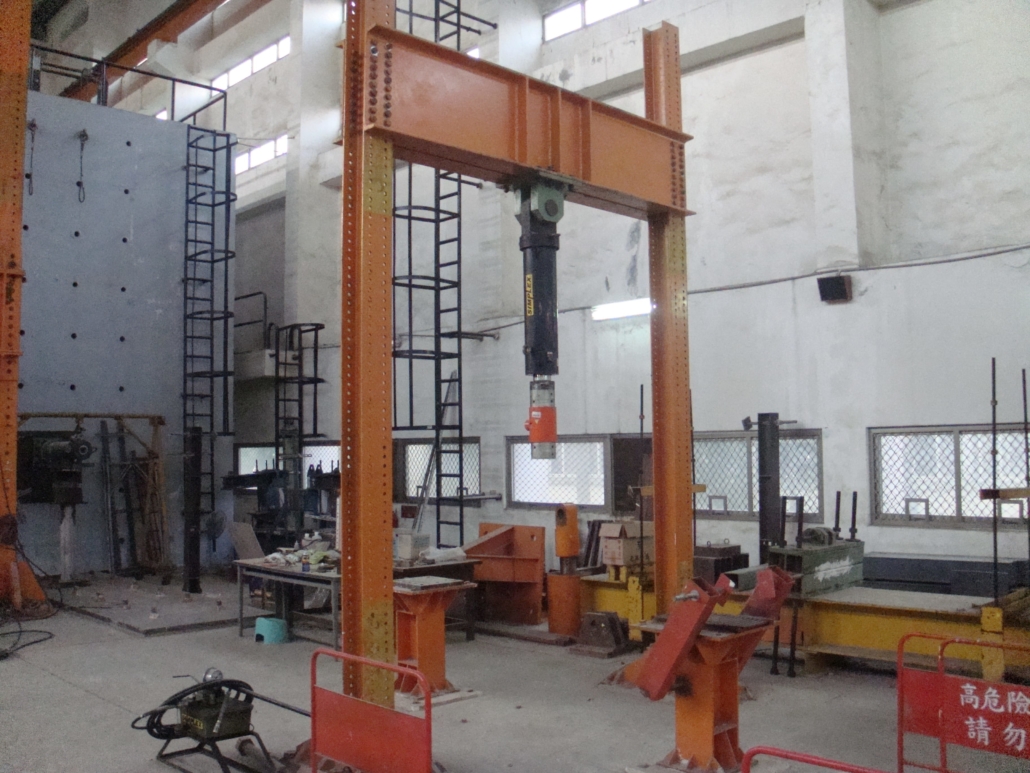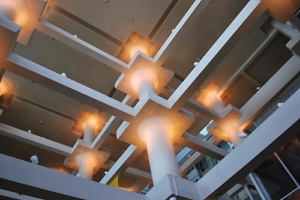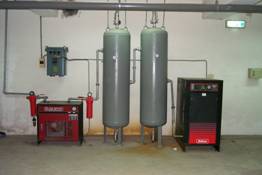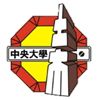Advances in structural mechanics hold the greatest potential for producing better housing, more durable infrastructures, taller buildings, longer bridges, and structures that can perform better in hostile environments.
Areas of vurrent study and research include static and dynamic analysis of linear and nonlinear structures; computer aided analysis and design techniques;structural mechanics and mechanics of linear and nonlinear solids; computational mechanics; behavior of structure; nondeterministic structural dynamics and structural reliability; reinforced and prestressed concrete; underground structure; and probabilities methods,etc.
Recentwork in Mechanics & Structural Engineering Division has focused on bridge engineering whose fundamental to this work has been the development of constitutive models based on laboratory experimentation and on physical mechanics theories.
Abroad program in this division is offered for research leading to advanced degrees in the areas of structural analysis and design, machanics of structural and solid, and computrtional mechanics. A wide renge of courses and extensive research laboratories make this one of the world’s leading programs in the nation.
Courses
Matrix Method in Structural Engineering
Finite Element Methods
Structural
RandomVibration
Elasticity Mechanics
Plasticity Mechanics
Continuum Mechanics
Mechanics of Composite Materials
Soil Structural Interaction
Analysis of Deformation of Porous Media
Behavior of Reinforced Concrete
Behavior of Hardened Concrete
Plastic Analysis and Design for Steel
Optimal Structural Design
Bridge Design
Structural Stability
Computer Graphics
Probability Method and Fuzzy Theory
Laboratory and Facility Structural Mechanics:
To introduce the students to the laboratory environment and the techniques of, and apparatus for measuring andtesting. To help the strdents acquire practical skills in testing and measuring strain of material, deformation of beam, natural frequency, damping ratio of single D.O.F. system, nonlinear structural behavior, and electronic equipments
Concrete Mechanics Laboratory:
200 tons Universal Testing Machine, the Most Important equipment of Concrete Mechanics Laboratory, is a convenient device for series compression tests on cylindrical concrete specimens of varying chemical compositions.
Nondetructive Evaluation Laboratory:
Computer controlled 5-axes Mulitscan High Resolution Ultrasonic NDT system consists of an ultraconic controller, a main receiver, an immersion tank, digital flaw processing system, motion controller, image & waveform processing software.




